Jewish calendar
Years in the Hebrew chronology are counted from the creation of the world (for example, 2013 according to the Hebrew chronology was 5773).
The Hebrew Calendar The Torah speaks of the first day of creation: “And there was evening and there was morning, day one,” and therefore the day in the Hebrew calendar begins with evening, with the setting of the sun. Accordingly, all Jewish holidays begin at sunset.
The countdown of the months in the Hebrew calendar is associated with the cycles of the moon. The Jewish month always begins on a new moon. In Jewish tradition, the beginning of each month is called Rosh-Chodesh (“head of the month”); special prayers are read on this day. A month consists of 29 (a “partial” month) or 30 days (a “full” month). These are lunar months, their total duration – the period of the moon’s revolution around the earth – is 354 days.
Thus, the lunar year is shorter than the solar year, which is known to have 365 days. If the Hebrew year was a lunar year, the same date in the Hebrew calendar might fall at different times of the year. However, from the point of view of the Jewish tradition, this is unacceptable, since the Torah prescribes that the month of Nisan, in which the Jews celebrate Passover, always fall in the spring.
Therefore, the counting of years in the Jewish tradition is associated with solar, and not lunar, cycles. The year in the Jewish tradition is solar and is equal to 365 days – the period of time during which the earth makes a full revolution around the sun. There is a difference of 11 days between the lunar year – the total number of days in all Jewish months (354 days) – and the solar year. To eliminate this difference and bring the Hebrew calendar in line with both lunar and solar cycles, a system of ordinary and leap years was introduced. An ordinary Jewish year consists of 12 months: Nisan, Iyar, Sivan, Tammuz, Av, Elul, Tishrei, Cheshvan, Kislev, Tevet, Shevat, Adar.
The 13th month is added every few years, which “erases” the difference between the lunar and solar calendar, which has accumulated over several years. Such a year is called a leap year. It has two Adars (Adar 1st and Adar 2nd). The full cycle of years in the Hebrew calendar is 19 years. There are twelve “simple” years and seven leap years in a nineteen-year cycle. The order of common and leap years is always the same.
Thus, the Hebrew calendar is lunisolar. It differs from the European calendar, which is based only on the solar cycle, therefore, each date of the lunisolar Jewish calendar in different years falls on different numbers of the European calendar, but always at the same time of the year.
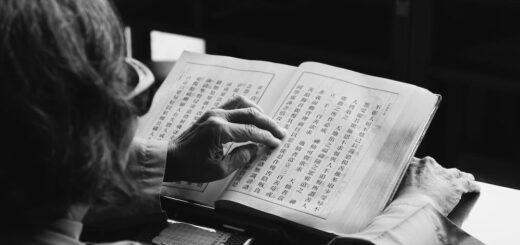
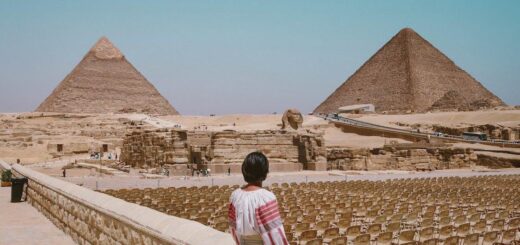









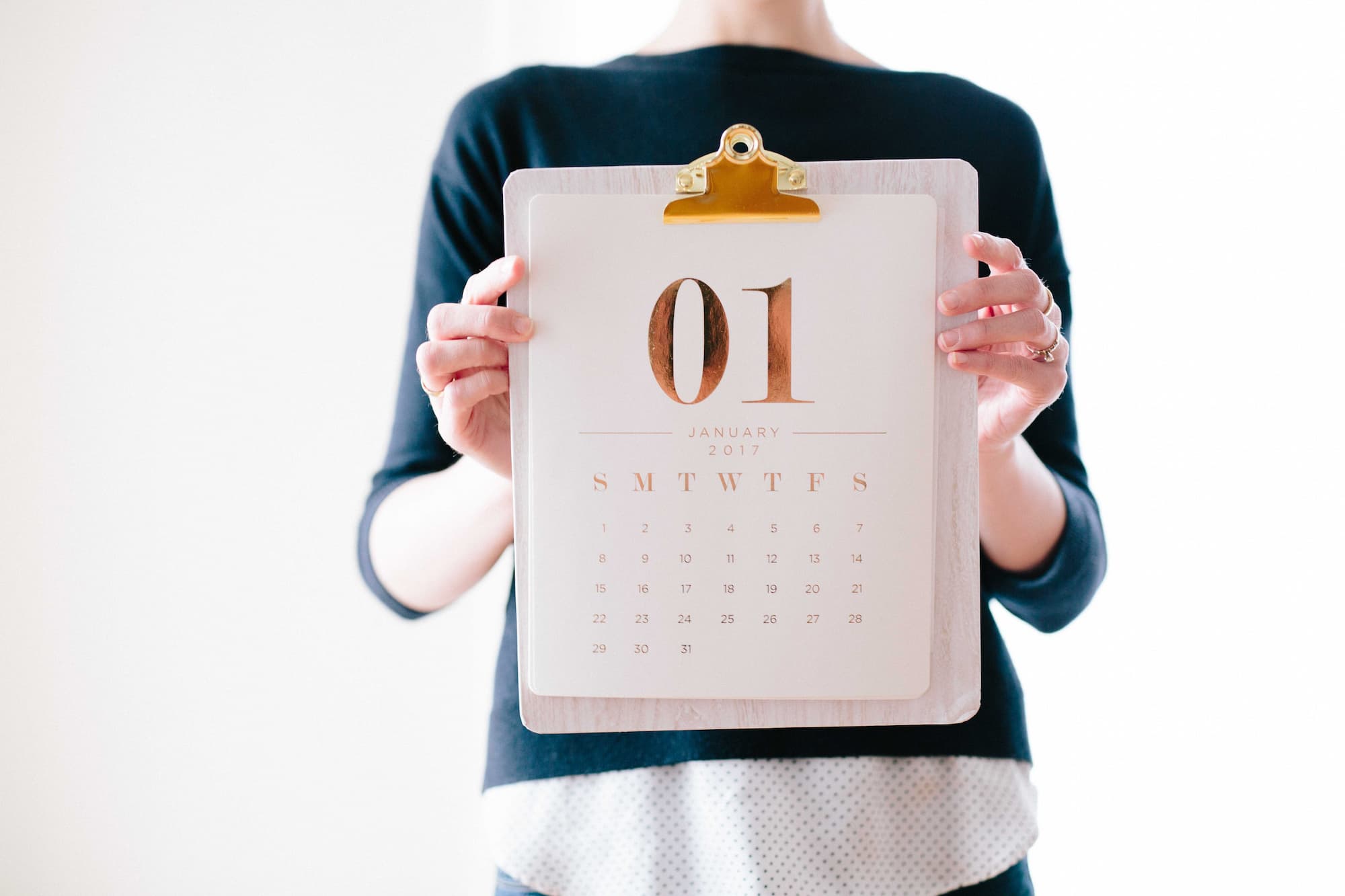

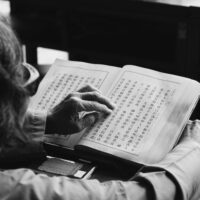
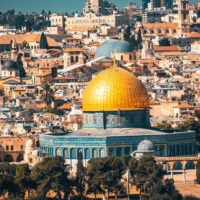
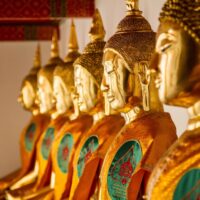
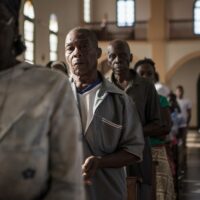
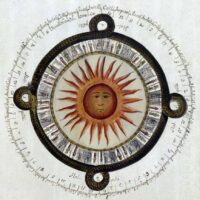


Recent Comments